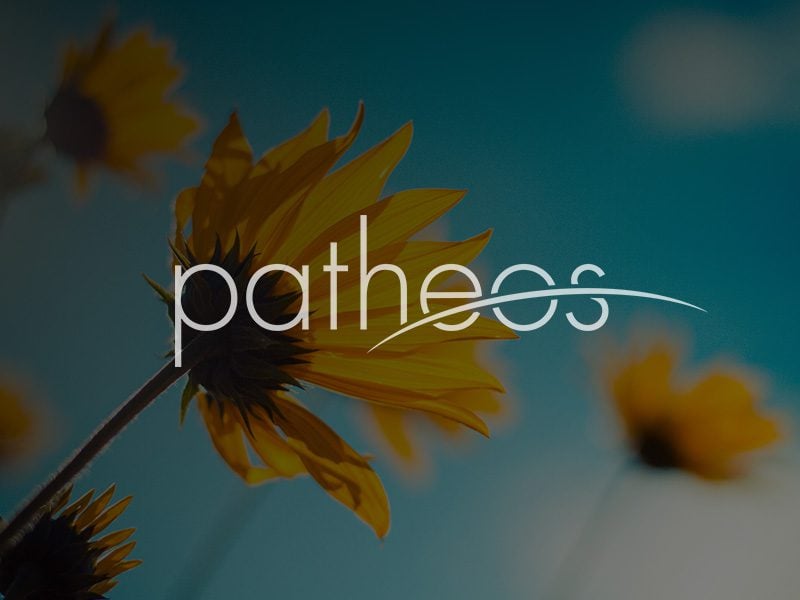Modern scholars attempt to clearly indicate their sources by footnotes. Ancient scholars generally did not. The Pentateuch explicitly refers to earlier sources quoted within the text. For example, Genesis 5:1 describes a “Book (scroll/sefer) of the Generations of Adam.” Exodus 15 claims to be quoting a “song unto Yahweh” (15:1). Likewise, Deuteronomy 9:10 claims to be quoting tablets revealed by God prior to the final writing of the text. Other similar examples make it clear that the Pentateuch occasionally claims to be quoting from other preexisting sources, either oral, like the song, or written, like the scroll.
The purpose of source criticism is to attempt to discover the prior sources used by a given author or text. This generally involves the search for implicit rather than explicit sources such as those described above. The assumption of source critics is that different sources can be distinguished by examining the interrelationships of five literary characteristics: 1- variations in style and vocabulary; 2- contradictions or inconsistencies; 3- perceived abrupt interruptions in the flow of a text; 4- duplications or repetitions (sometimes called doublets); and 5- differences in perspective or “theology.” Of course all this assumes that cultural norms of ancient authors parallel those of modern biblical scholars. This is not necessarily the case. Intentional repetition, for example, is a frequent literary device in ancient literature, such as the phrase “and the evening and the morning were the first day” in Genesis 1.
It needs to be noted that source criticism is an art, not a science. There are no absolute criteria by which to make such judgments. And there is no objective way to determine if an alleged source has been accurately identified or not. Thus, what seems to a particular scholar to be a difference in vocabulary may in fact be due to a change in subject matter rather than a change in author. For example, Documentarians claim that the P-texts talk more about ritual matters than the Yahwist. But is this because there are two separate authors? There could just as easily be a single author who has merely changed his subject. If the Yahwist were to discuss ritual matters, it would be reasonable to suppose the he would use the same ritual language which is generally attributed by Documentarians to P. These types of ambiguity are reflected in the fact that various scholars often claim to have discovered different sources which contradict one another. Disagreements over details on this matter are often significant.
The fundamental goal of source critics is to discover the sources from which the received text were composed. However, Documentarians regularly also attempt to use the method to discover the relationship between the proposed sources, along with the authorship, date, literary style, provenance, and intent or world-view (sometimes called theology) of the sources and their authors. Notice that the discovery of the alleged sources is difficult enough, but each additional level of hypothesizing becomes increasingly problematic, resulting in an ever increasing level of speculation built upon assumption
For example, source critics believe they can identify two different flood narratives in Genesis 6-9, based on a number of different criteria. This may well be the case. In addition, Documentarians attempt to link one of the flood stories to the hypothetical Priest and another to the Yahwist. Even if one accepts the notion that the flood narrative is composed of two rather clumsily integrated original sources, the conclusion to link one source with the Priest and another with the Yahwist goes far beyond basic capabilities of source criticism. It could be, for example, that the original P source had no flood story, and the allegedly P flood narrative came from a completely independent and unique source which has nothing to do with any other text in the Bible. Documentarians thus go beyond the fundamental limitations of source criticism in trying to create four independent documents or books that provided the source material for the received Pentateuch.











